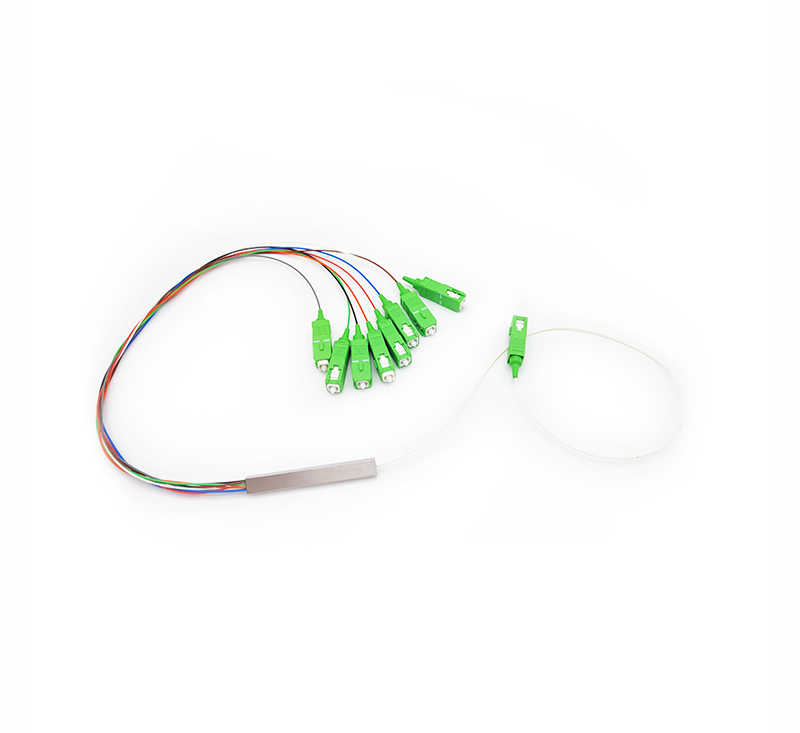Single-mode dual-mode In specific applications, the amount of multi-mode is higher than that of single-mode, mainly in the wiring range below 500m. Multi-mode can already be satisfied, although the performance is not as good as single-mode. Single-mode applications are used in environments above 500m or in environments with high bandwidth requirements, and most of them are large-scale site applications such as enterprise level. Because the working stability and performance of optical fiber modules are much better than transceivers, in the application environment with high performance requirements such as single mode, few companies will use transceivers, but directly replace them with modules. Naturally, there are fewer manufacturers producing single-mode transceivers, and the price is higher.

The single-fiber and dual-fiber generally have two ports, and the two ports of the dual-fiber are relatively close, respectively marked TX, RX, one for sending and one for receiving, which are designated; the two ports of the single-fiber generally use P1, P2 indicates that both ports can send and receive separately, that is, use one port to complete the sending and receiving, so it is called single fiber. Optical transceivers TX and RX represent receiving and sending.
There are two types of optical transceivers: one is single-mode and the other is dual-mode. Just like a highway, if there is only a single-line line, there may be traffic jams. If it is a dual-line line, it is much smoother, so it is obvious that the dual-mode transceiver is stable better. Single-fiber means that only one optical fiber is used to connect two transceivers. Dual-fiber is more common and requires two optical fibers, and the price of single-fiber is slightly higher.
The multi-mode transceiver receives multiple transmission modes, and the transmission distance is relatively short, while the single-mode transceiver only receives a single mode; the transmission distance is relatively long. Although multi-mode is being phased out, it is still used in monitoring and short-range transmission because of its lower price. Multi-mode transceivers correspond to multi-mode fibers, and single-mode and single-mode correspond to each other and cannot be mixed.










